THE FUTURE OF THE REFUGES IN THE PYRENEES
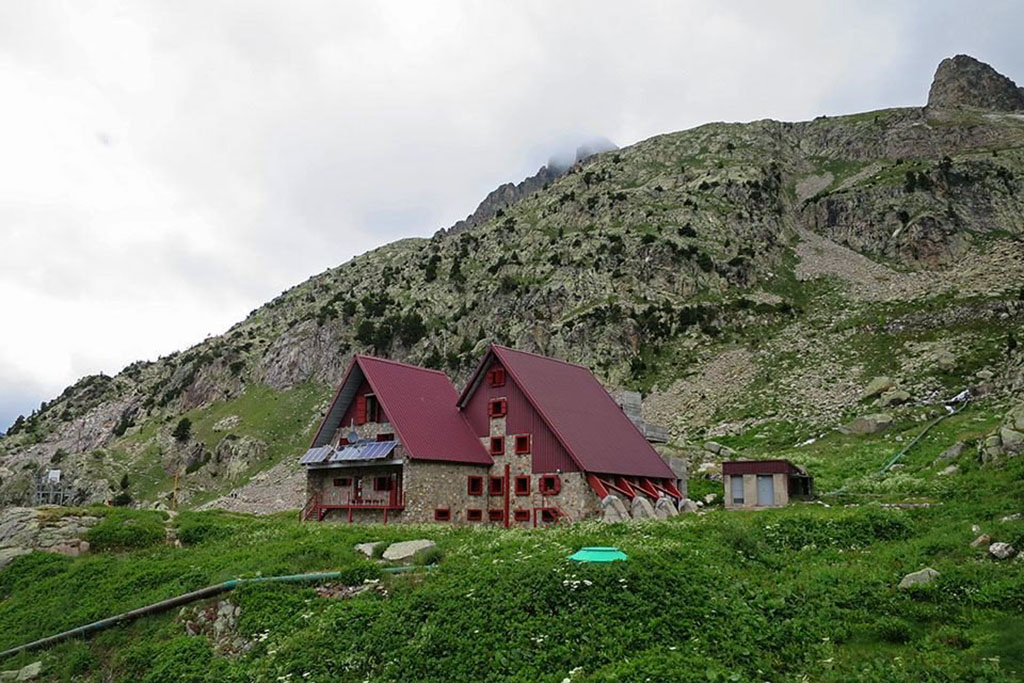
A corner of the Casino of Bagnères de Luchon, where for 2 days we took part in the colloquium of Shelters of Mountains in the Pyrenees. It was a pleasant surprise to see the bonds of collaboration that we found between the two sides and the commitment to the future to revitalise the mountain range.
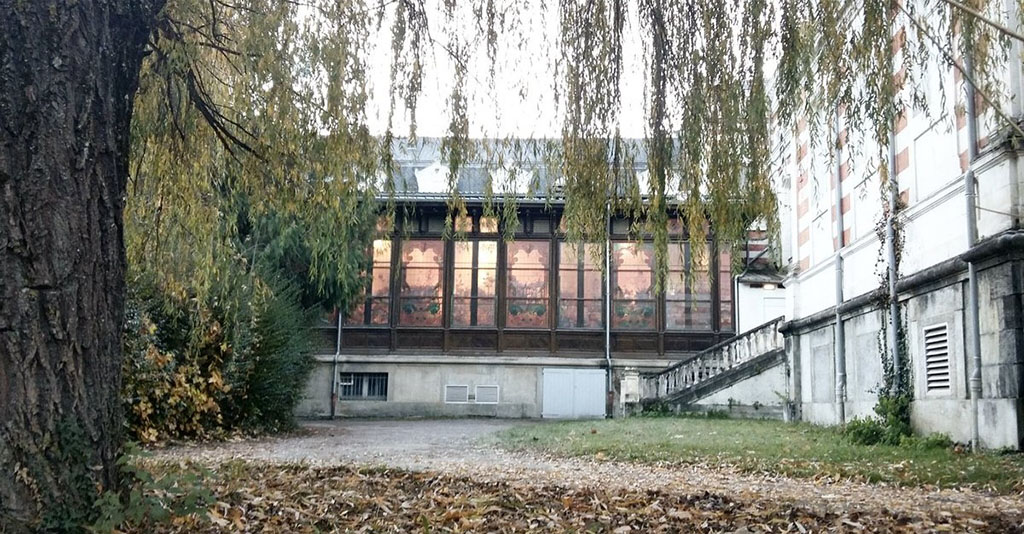
Last month, on the 1st and 2nd of December, Bagnères de Luchon held the "International Conference on Pyrenean Refuges"Organised by the Midi-Pyrénées Regional Committee of the French Alpine Clubs with the support of the French Federation of Alpine and Mountain Clubs (FFCAM), the General Commissariat for Territorial Equality and the town of Bagnères de Luchon.
The central theme of the colloquium was "The position of refuges in the politics of the massif: what issues, what dynamics?"
Opening of Refuges #Pyrénéens #Pirineo #luchon @otluchon @clubalpin _what dynamics for the development of the massif? pic.twitter.com/YsYLy5V6mC
- Travesía Pirenaica (@SendaPirenaica) 1 December 2016
It was the first meeting of a dynamic pathway to bring together the key actors and stakeholders of the refuges in France, Andorra and Spain The event was held in the autonomous communities of Catalonia, Aragon, Navarre and the Basque Country, as well as in other mountain massifs. It brought together rangers, refuge managers, administration technicians, architects, etc., in order to reflecting together on the future of mountain refuges.
During these two days, the opportunity of the refuges in the revitalisation of the Pyrenean valleysThe need for new policies and the position of shelters, problems; the training of new rangers, the opportunity of shelters in the development of the valleys, the reception of the young public, innovations, the construction of new shelters, promotion; in general, problems on both sides of the mountain range, proposals and joint reflection on refuges in the Pyrenees.
The position of refuges in the policy of the massif: what problems, what dynamics?
Charles Pujos (Commissaire du massif des Pyrénées, CGET), Marc Chappuis (Pascal Mailhos) y Michel Rouffet (moderator of the colloquium) gave us an overview of the problems and dynamics regarding mountain refuges in the massif.
"Where will the tourist sites in the Pyrenees be in 20-30 years?" With this question, the audience was asked to reflect. And it is true, we know places that used to be very touristy and now are not. And this will depend in part on the dynamics that are now beginning. And if we are talking about the Pyrenean massif, a lot will have to do with the opportunity opened up by a powerful network of mountain huts making the mountains accessible to the general public. In view of this, it is necessary to see how we can start walking today the tourism innovation route.
In the Pyrenees there are routes, some of them with many stages, as in the case of the GR 11the ARP or the French GR 10, and the itinerary requires shelters and lodgings. The opportunities are many: let's sell The Pyrenees as a tourist product. The creativity of the Pyrenees springs by itself, it is only necessary to sell all these experiences that are born from these mountains.
Many challenges are on the table. The question arises, New type of accommodation, is architectural innovation necessary, new facilities and amenities, how should tomorrow's people be welcomed and how should the environment be respected? "In today's world it is very clear that the city is a place of tourist innovation, we should expect the Pyrenees to be one too".he pointed out Marc. To do this, and since the mountain range knows no borders, it is necessary to "a coherent policy at cross-border level".. It is necessary to enhance the high Pyrenean peaks and also to maintain the uniqueness of the mountain refuges.
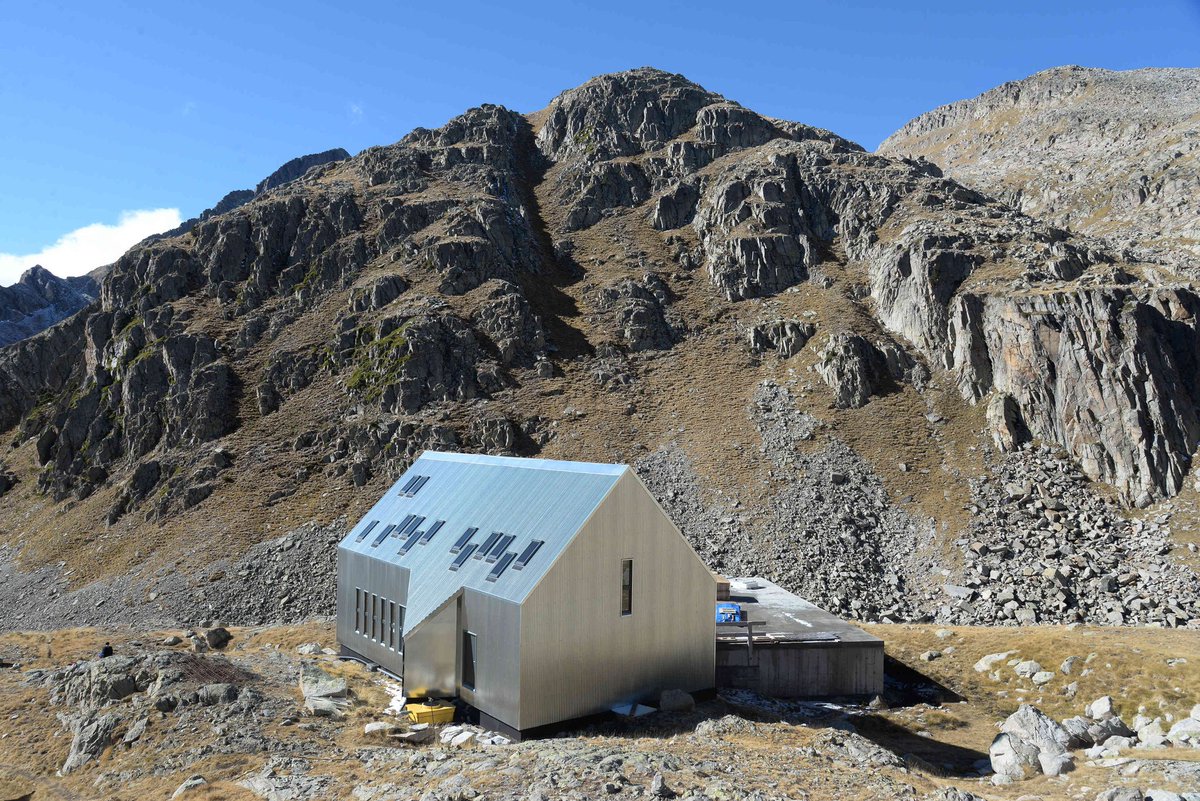
There are pioneering initiatives that have united links between the refuges on both sides of the mountain range, as in the case of the Entrepyr projectwhich, as well as bringing digitalisation to the refuges, proposes a process of dynamisation through routes that link them together - a philosophy and challenge that will continue in Entrepyr2. On the other hand, in "the kingdom of Aneto a tourist product is being developed around the Aneto, looking for synergies, from Luchón to Benasque via Vielha.
Current and potential supply and demand for Pyrenean refuges in 2016
Pierre Torrente (ISTHIA)He underlined that tourism is a factor of development for the territory and according to the data of the study he presented at the Colloquium, it is necessary to lengthen the period, to eliminate seasonality. There is great heterogeneity of supply on both sides of the mountain. Is this disparity a handicap or a strength?
For its part Carmen Maldonado Bravo (FAM) presented data from the importance of hiking for Aragon. "4 million hikers walk through Aragon every year leaving an average of 60 €/year".he underlined. This makes it a strategic tourism product for Aragon. "Hiking is the basis of our network of refuges".he added. Aragón has a very powerful network of refuges associated with certain routes, such as the GR 11 Pyrenean Path. This opens up a range of possibilities. New routes to be developed, such as the one mentioned above, were put on the table. trekking along the Aneto. Even the possibility of integrating trail running - so much in vogue lately - into the environment of mountain refuges. There is a clear commitment to the future in the adaptation of routes and the creation of specific products (Senda Camille, Alta Ruta de los Perdidos, etc.).
Carmen Maldonado (@internetfam) : "4 million hikers walk #Aragon per year leaving 60 €/year" #Luchon #refugios #Pirineo pic.twitter.com/3XjlVL6mwf
- Travesía Pirenaica (@SendaPirenaica) 1 December 2016
No one disputes the need to a powerful offer of refuges and trails, but what should this offer be like? Innovations in shelters (wifi, hot water, etc.) may attract audiences - new audiences - but may deter those who seek their uniqueness. "New improvements and amenities such as wifi, hot water, etc., may attract new users but also deter regular users who are used to the authenticity and simplicity of the shelters".he underlined Olivier Hoibian (sociologist, Université Toulouse)Why do they come to the mountains? It must be borne in mind that the refuge is not an ordinary consumer product. It is necessary to reach a wider public but not at any price. "Balance? How do you get that balance?"
Also emphasise the importance that the reserve can have online in all of this - moving towards greater digitisation of the shelter, improving the experience and reaching out to the public. The how to sell experiences through the storytellinghow to make them attractive to the public, appeal to a neophyte user. How to integrate all activitiesSome of them are very popular at the moment, such as trail, Nordic walking, skiing, but also slow tourism -slow mountain- which enjoys light hiking to experience the mountains. "The refuge is a shelter, it is a hand raised to share the mountain".he reflected Christophe Revéret.
Refuges and economic development of the valleys
In the words of Vincent Fonvieille (La Balaguère)who defined it very well "hiking came down from the mountain to the valley".. It shows the room that the hiker leaves a very important return in the valley; that he frequents the high mountain routes, the refuges, but also part of the valley. It is thus clear that the opportunity for economic development in mountain areas which have tourism as an important economic activity.
Patrick Lagleize (President of the Compagnie des Guides des Pyrénées) began his speech with a sentence, "The Pyrenees have lost the vision of the High Mountains".. Making it appear that the mountains had been opened up to a more general public. "We have to promote other peaks, other routes".he said Patrick. According to studies one euro invested in the mountain pays back in 40 euros. It was a clear opportunity for the Pyrenean valleys to 'sell' their great attractions.
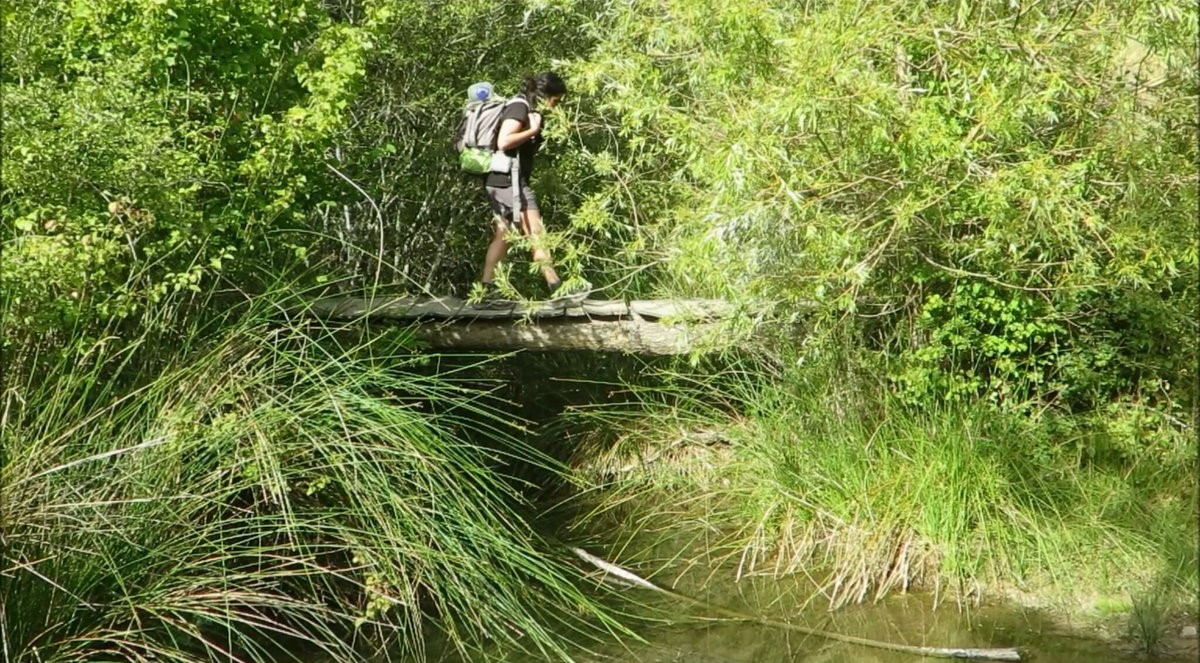
Manolo Bara for his part stressed that mountain use is changing. "We have to be in line with that variation".he added. Faced with the conflict that exists today between the practitioners of trail running and organisers of mountain races with those who defend the need to protect above all the purest nature; Manolo gave as an example Ordesa 40 years ago when its meadows were grazed by an impressive number of cattle. "There was no grass". "It's about taking care of the environment with concrete requirements". reflected Manolo. New uses for parks. We have to see sports activities as a concrete exploitation of the 21st century. "Revitalising valleys and villages from the new use of the mountains"..
Manolo Bara,president of @Club_P_Guara gives us ideas for the dynamisation of #refuges (camps, groups, events, facilities...) #Luchon pic.twitter.com/dUvzylxmYG
- WalkonNATURE (@OnNatureStudio) December 1, 2016
And thinking about these new uses, large circuits and memorable itineraries are needed, but also the promotion of winter activities such as ski mountaineering, which would allow the opening of mountain huts in winter. -On the French side, the refuges usually close at this time of year. An important point is to deal with the seasonal nature of the shelters, since, according to one of the participants, the shelters are usually closed at this time: "The more open houses we have, the more we will visit".. "Nowadays we do very long itineraries in the Alps in winter. -big crossingsAnd we don't need to go there, we have a great setting for it here".. For Patrick, the opening of shelters in winter in France is indispensable: "Because there is an increase in France in ski touring and snowshoeing. We will start looking for solutions for communication, avalanche risk reduction, increased safety, as well as investments for the maintenance of these refuges in winter"..
And in all of this, bear in mind that for mountain lovers, "the shelters are our changing rooms"as he rightly pointed out Manolo. But also keep in mind that "the product is not the shelter, the itinerary is".as he added Julien Militon (President of the Association des Gardiens de Refuges des Pyrénées). And that being the case, "changing rooms".What should they be like, is a revolution necessary, new comforts, new times? These themes flitted around the room in many of the interventions. Bruno Abadie (Directeur de la Communauté de Communes de la Vallée de Saint-Savin)whose organisation is responsible for many of the refuges in the Vignemale area, talked about preserving authenticity, but considering the integration of certain conveniences. And if the times seem to have changed, it is logical that the "change of world leads to a change of approach in the work of the guard".He reflected on this Julien.
Communication and promotion of shelters
If we spoke earlier of how much the times are changing in terms of the public who come to refuges, the needs and new comforts that they must offer. In the field of communication and promotion of these, of making visible the experiences associated with these mythical itineraries, with the stay in the refuge itself, with the uniqueness of it; here too there is many changes in the new times.
Patrice Gaut (Directeur de l'Office du Tourisme Pays de Luchon) tells us about the Route 3404which will go round the Aneto and that it will apply the new technologies to the experience of this journey. A appwhich was presented at the colloquium, will make it easier for hikers, so that all they have to worry about is enjoying the experience.
Patrice Gaut (Tourisme Pays #Luchon) tells us about the #Ruta3404. It will go around the #Aneto #Pirineo #Pyrénées pic.twitter.com/mMCZro16UN
- Travesía Pirenaica (@SendaPirenaica) 1 December 2016
For its part Sergio Rivas (FAM) and Eric Beauvallet (FFCAM) talk to us about the evolution of the Entrepyr project, which in its second version -Entrepyr2- will seek to open up the Pyrenees mountain range with a powerful network of itineraries and refuges.
An example in the itinerary coordination around a network of shelters is "Carros de Foc" (Chariots of Fire). Miquel Sanchez (founder of "Carros de Foc" and shelter keeper) explained to us with the example of 'Carros' how the development of a tourism product dynamises a network of shelters -9 refuges- with "more than 2,300 hikers this year". Among the comments from the public, the real possibilities of linking 'Carros de Foc' and Pass'Aran were discussed.
Another example presented us with Florian Chardon (Directeur du Syndicat Mixte du Canigó) with a circuit that has been created between the Refuges of Canigó.
Construction and renovation
You can see the full article Mountain architecture in the Pyrenees'>>>>>> Mountain architecture in the Pyrenees
(by Uxua Domblás / Learning City)
CONCLUSIONS AND PROPOSALS.
Colloquium as a meeting point
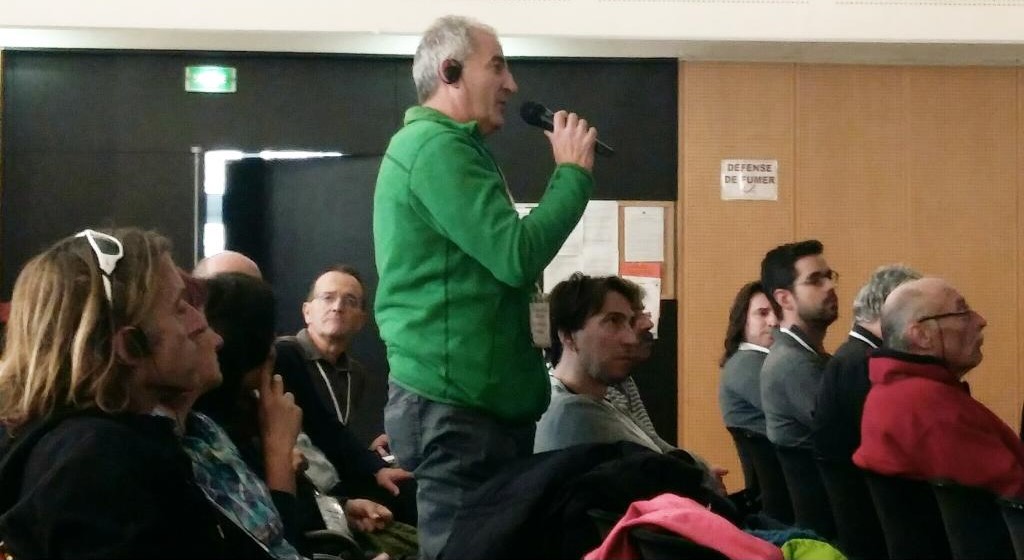
The colloquium, its organisation, began with the aim of being a meeting point for points of view, a union of two sides of a mountain, of countries that share the same mountain range. Many reflections, data, points of view and proposals, and the feeling that in a year's time we would meet again.
Valorisation of the offer and reference plan for mountain refuges.
One question on the table: how to boost economic relations and improve reception?
Mesa cn responsables d administración #coloquiorefugiospirenaicos @otluchon #MarianoSoriano @deporte_aragon @gobierno_aragon @internetfam pic.twitter.com/odLVX3USMS
- Luis Masgrau (@Luisdeixeia) 2 December 2016
Michel Rouffet (moderator of the colloquium), launched a reflection: "The novelty comes, not from the products or the accommodation, but from being close to what the place has to offer".adding the need to integrate the refuges into the local offer of the valley.
Dominique Giard (Massif des Alpes) spoke of the need to enhance the value of supply. It was clear to all present that shelter is and should be made of it "an effective economic toolas he pointed out Georges Elzière (FFCAM)The social dimension, human value, of each project is also taken into account. Shelters are projects of social utility and education, and as such should be contemplated in policies.
Pierre Torrente (ISTHIA) stressed the importance of these policies. "We have been talking about a Refugees Reference Plan for 10 years".He spoke, trying to make the room aware of the importance of aligning policies in this regard. This would include more adapted funding, training schemes for rangers and political alignment along the mountain range. The same would apply, Charles Pujos (CGET) The need to "innovate by establishing a plan that offers governance and tools to energise the refuges and their area"..
The role of the guardian, present and future.
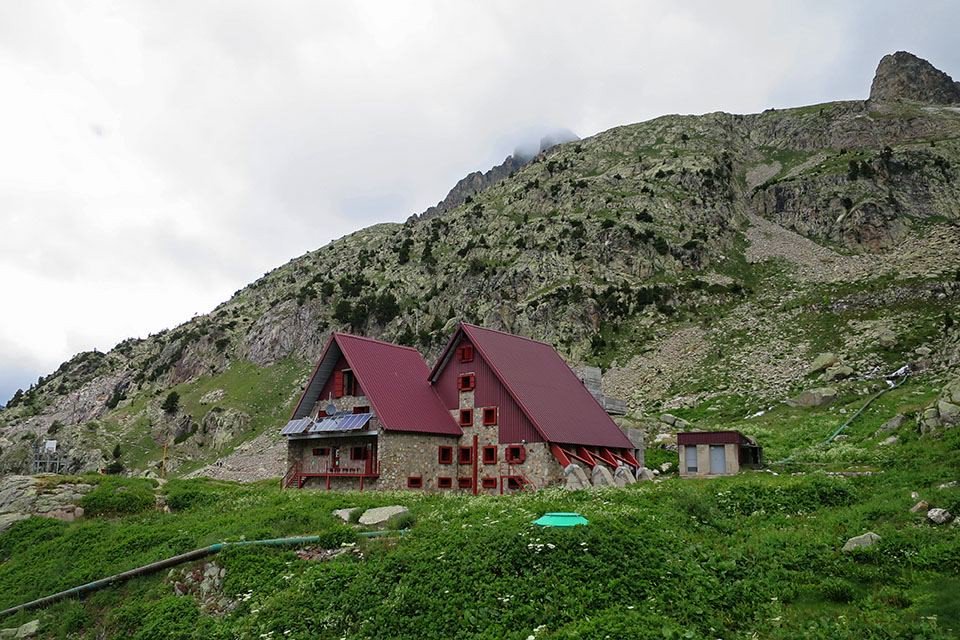
And if we talk about shelters, we have to talk about the 'guard'. Fredi Meignan talked about how the guard must "to be able to live with a profession that is out of the ordinary". and how this profession has evolved in recent times. But I was making a point: "it bothers me when people want to bring the ordinary into the extraordinary".. Jacques Guiu also conveyed the particularities of a profession, that of guardianship, which is temporary and difficult. On the other hand, he urged the the need to give professional status to the shelter warden. A profession in which there is a mix of skills and training needs.
The importance of giving a professional status to the refuge guards as they have to be able to do many things, which a priori they would not have to do.
The role of the refuge in the new mountain framework.
Throughout the colloquium, it became clear that the role of the refuge, as a catalyst, as part of the development of the Pyrenean valleys.. Link between refuge and valley. Taking into account also its role as a "element in the safety and dissemination of mountain culture".
In the atmosphere of the colloquium, the desire to stimulate and revitalise the Pyrenees and the mountain refuges. All this with the the need to invest in, promote and stimulate the recreational use of the Pyrenees.always respecting its ecosystem. Always from the joint work of "mountaineers and mountaineers"..
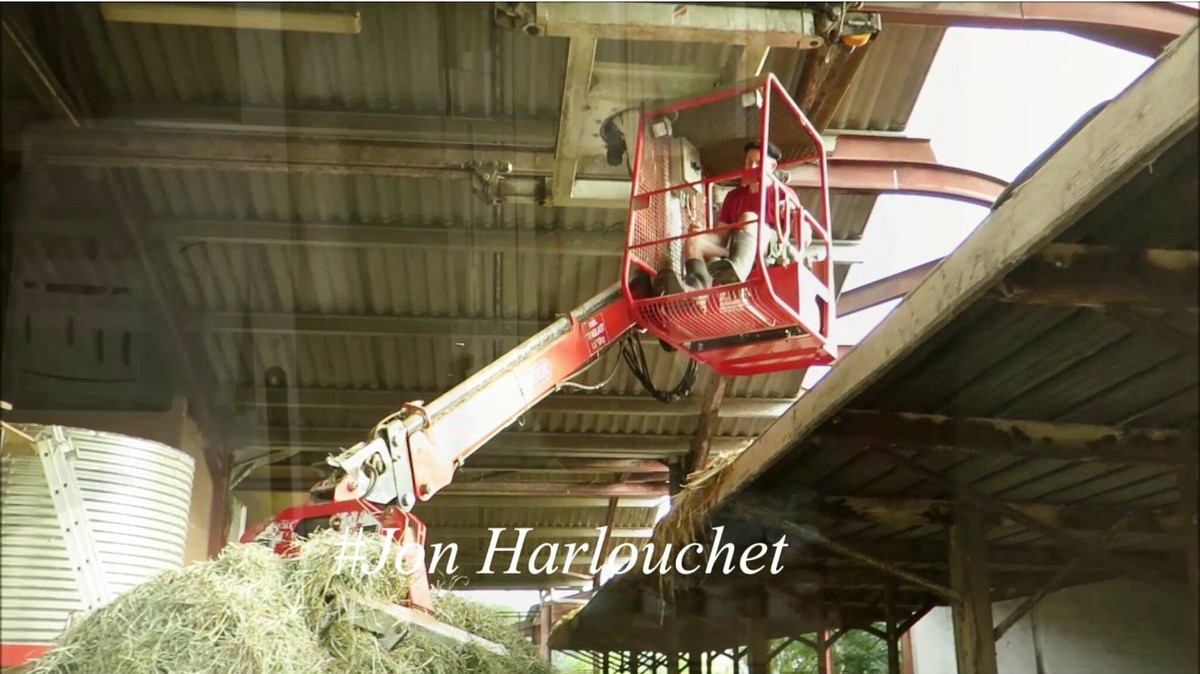
And in all this framework of dynamisation, an important role is played by the new technologies. The need to facilitate access to the internet was very much in evidence, as a means of providing a tourist offer around the refuges. As an example, the FAM has a platform that facilitates reservations in shelters (alberguesyrefugiosdearagon.com) or the good example of Carros de Foc and how to attract the public with a tourist product and a network of shelters was also presented.
It was interesting to see any dynamics that valorise shelter networkscross-border circuits on a Pyrenean scale, competing at European level; proposals for a family public, of varying difficulty, taking into account the evolution of the mountain and the rise of activities such as trail running or ski touring.
They were two very intense days in which there was no lack of enthusiasm and energy to seek proposals to revitalise the mountain refuges and their link with the Pyrenean valleys, working together and across borders.
We, like most of those present, presumably left with the idea of returning next year.
'The #mountain is #creativity ;we must have writers,artists,poets..to help transmit it' Fredi Meignan @otluchon #Pirineos pic.twitter.com/klSmL3892e
- WalkonNATURE (@OnNatureStudio) 2 December 2016
Fastpacking is not about going faster. It's about going lighter.
If you come from classic trekking, this is the next step: learning to move with less weight,
more fluid and enjoying every kilometre more.
Join the channel and start discovering what lightness feels like.
